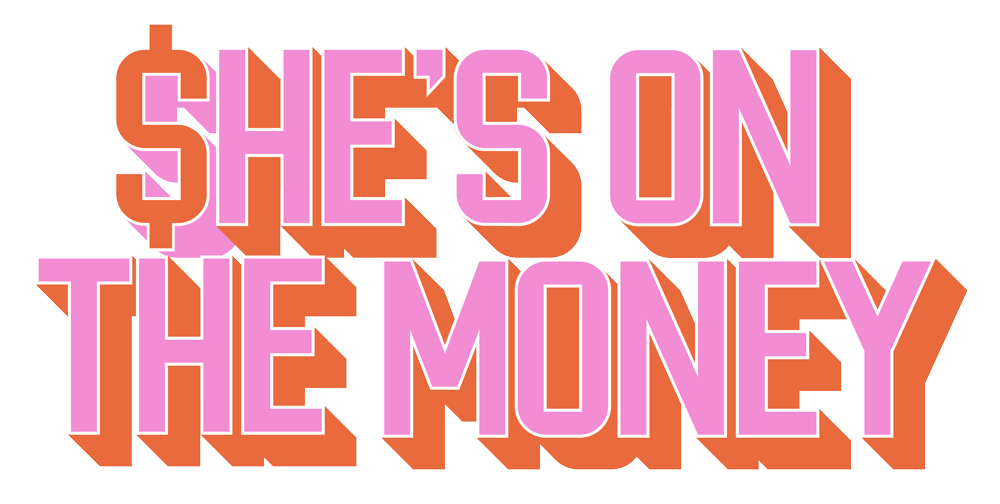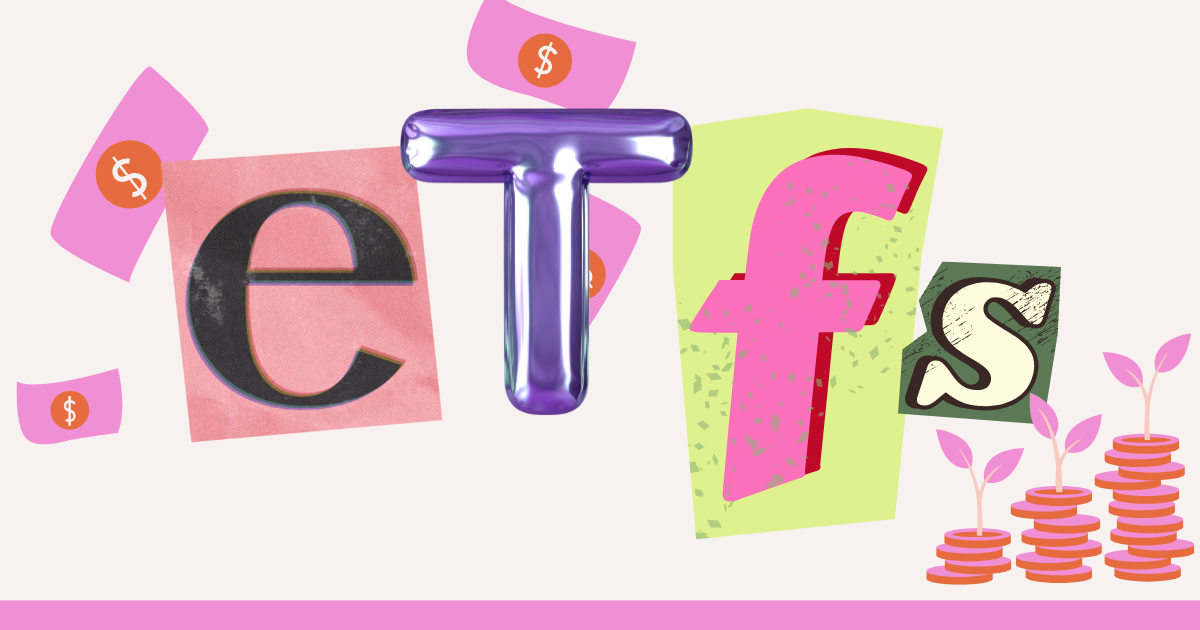Why Are There Multiple ETFs for the Same Index (Like the ASX200)? And How TF Do You Pick One?
So you’ve decided to invest in an ETF that tracks the ASX200. Iconic choice. But then you search it up and boom, there’s not just one, but multiple ETFs tracking the same index. What gives? Why are there so many options for the exact same thing?
Let’s break down why this happens and how to figure out which one deserves your hard-earned dollars.
Why Are There Multiple ETFs for the Same Index?
Here’s the tea: Just like there are a million coffee brands selling basically the same latte, ETF providers (think Vanguard, iShares, or Betashares) compete to offer you their version of an index-tracking ETF.
They all follow the ASX200 (which tracks the top 200 companies in Australia), but they tweak things like:
Fees: Some providers offer lower management fees to lure you in.
Liquidity: Some ETFs have more trading volume, meaning it’s easier to buy or sell them.
Extras: Certain ETFs might offer additional perks like dividend reinvestment plans (DRPs).
Brand Reputation: Some people just feel cozy with a big name like Vanguard.
Basically, it’s like buying toothpaste. All of them clean your teeth, but one has whitening, another has charcoal, and the fancy one promises ‘professional-level’ results.
How to Choose the Right ETF for You
Not all ETFs are created equal, so here’s what to check before you commit:
1. Management Fees (MER)
Look for the Management Expense Ratio (MER). This is the annual fee you’ll pay for holding the ETF.
Lower is usually better, but a teeny-tiny difference (like 0.03% vs 0.07%) isn’t always a dealbreaker.
2. Trading Volume and Liquidity
Higher trading volume = easier to buy and sell. Plus, lower spreads (the difference between buying and selling prices).
ETFs from major providers tend to have solid liquidity.
3. Dividend Reinvestment Plans (DRP)
Want your dividends automatically reinvested? Check if the ETF offers a DRP, it’s like free compound growth.
4. Tracking Error
This measures how closely the ETF follows the actual index. A lower tracking error is ideal because it means fewer surprises.
5. Provider Reputation
While all ETFs on the ASX are regulated, sticking with a well-known provider like Vanguard, iShares, or Betashares can offer extra peace of mind.
Real-Life Example
Let’s say you’re deciding between three ASX200 ETFs:
VAS (by Vanguard)
STW (by State Street)
A200 (by Betashares)
Fees: VAS charges 0.10%, STW is 0.13%, and A200 is 0.07%.
Trading Volume: VAS has the highest volume, making it easy to buy or sell.
DRP: All three offer dividend reinvestment.
Tracking Error: All are reasonably low, but VAS is often praised for its accuracy.
If fees are your top priority, A200 might win. But if you value liquidity and a provider with global recognition, VAS could be your best bet.
Final Thoughts
At the end of the day, most ASX200 ETFs will perform pretty similarly because they’re tracking the exact same companies. The small differences (like fees and features) can add up over time, though, so it’s worth doing a little digging.
Choose the one that suits your priorities, hit that invest button, and then go live your life. Because when it comes to long-term investing, it’s less about obsessing over the perfect ETF and more about just getting started.
Happy investing!
Want to keep learning about investing?
***Please remember our blogs aren’t intended as financial advice - they’re intended only as a starting point to give you a little extra info! For more in-depth advice catered to your personal financial position, please see a certified financial advisor.

